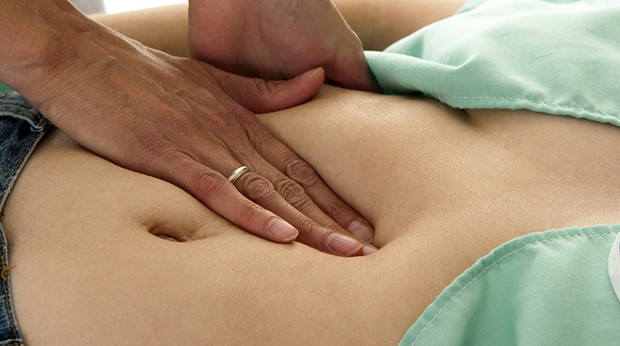Vaginal discharge can be a source of concern for many women, especially those who have undergone a hysterectomy. While vaginal discharge is a normal occurrence in women, its presence after a hysterectomy may raise questions about potential complications, such as vaginal prolapse. Understanding the relationship between vaginal discharge and the risk of vaginal prolapse post-hysterectomy is crucial for women’s health and well-being.
What Is Vaginal Prolapse?
Before delving into the connection between vaginal discharge and vaginal prolapse post-hysterectomy, it’s essential to grasp what vaginal prolapse entails. Vaginal prolapse is a condition in which the uterus, bladder, or rectum descend into the vaginal canal due to a weakness in the supporting muscles and tissues from which they originate. This descent can lead to various symptoms, including a sensation of pelvic pressure or fullness, urinary incontinence, and discomfort during sexual intercourse.
Vaginal Discharge: Normal Or Concerning?
Vaginal discharge is an inherent phenomenon in the female body, performing various vital functions such as infection prevention and the preservation of vaginal health. However, changes in the amount, color, consistency, or odor of vaginal discharge can indicate underlying issues. For women who have undergone a hysterectomy, the presence of vaginal discharge may prompt concerns about the possibility of vaginal prolapse. For more information on managing vaginal discharge post-hysterectomy and assessing the risk of vaginal prolapse, visit https://www.petermlotzemd.com for valuable insights and resources.
Assessing The Risk
While vaginal discharge alone may not always indicate a risk of vaginal prolapse post-hysterectomy, certain factors can increase the likelihood of this complication. These factors include:
1. Type Of Hysterectomy: The surgical approach used during the hysterectomy can influence the risk of vaginal prolapse. For instance, a total hysterectomy, which involves the removal of the uterus and cervix, may pose a higher risk compared to a subtotal hysterectomy, which preserves the cervix.
2. Age And Hormonal Changes: Age-related changes in hormonal levels can weaken the pelvic floor muscles and tissues, increasing the risk of vaginal prolapse. Women who undergo hysterectomy at an older age may be more susceptible to this complication.
3. Childbirth And Prior Pelvic Surgeries: Previous childbirths or pelvic surgeries can weaken the pelvic floor muscles and contribute to vaginal prolapse. Women with a history of multiple childbirths or pelvic surgeries may have a higher risk of experiencing this complication post-hysterectomy.
4. Obesity And Lifestyle Factors: Obesity and lifestyle factors such as smoking and chronic constipation can strain the pelvic floor muscles and exacerbate the risk of vaginal prolapse. A healthy weight and the adoption of a healthier lifestyle are two ways to reduce this risk.
Monitoring And Management
Women who have undergone hysterectomy should be vigilant about any changes in vaginal discharge and other symptoms suggestive of vaginal prolapse. Regular pelvic examinations and discussions with healthcare providers are essential for early detection and management of this complication. Surgical interventions, pelvic floor exercises, or vaginal pessaries may be utilized to treat vaginal prolapse, contingent upon the severity of symptoms and the preferences of the individual.
Conclusion
In conclusion, vaginal discharge post-hysterectomy can serve as a valuable indicator of potential complications, including vaginal prolapse. While vaginal discharge is a normal aspect of female physiology, changes in its characteristics should prompt further evaluation by healthcare providers. By assessing individual risk factors and monitoring for symptoms of vaginal prolapse, women can take proactive steps to maintain their pelvic health and overall well-being post-hysterectomy. The timely identification and suitable treatment of vaginal prolapse are critical in order to reduce its detrimental effects on the quality of life of women undergoing this surgical procedure and guarantee the best possible results.
